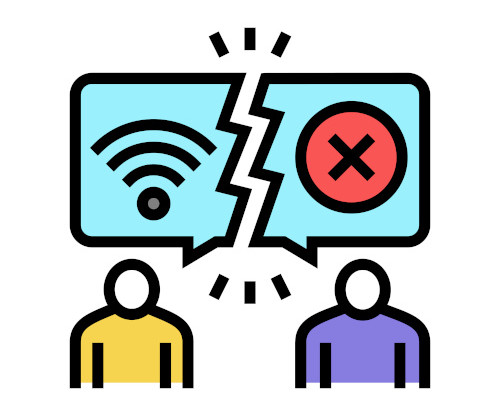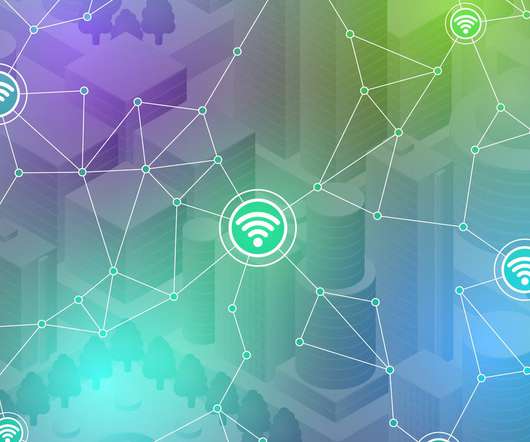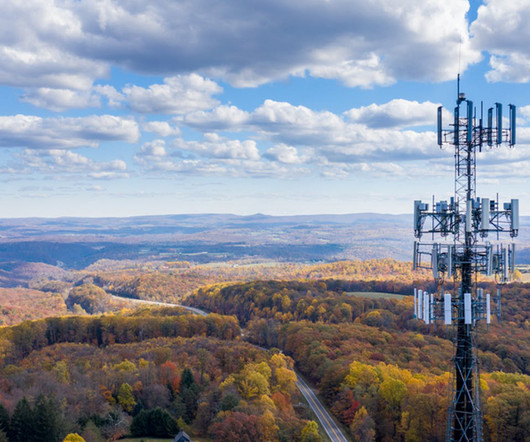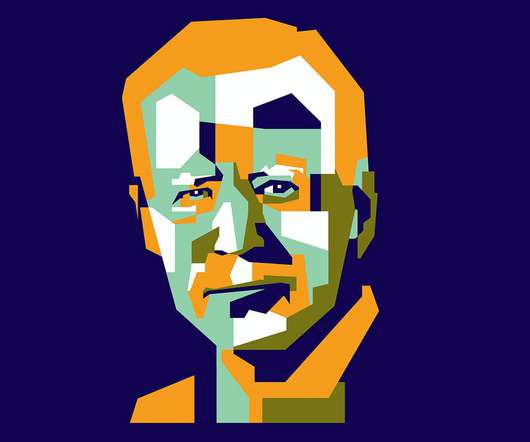Addressing the digital divide’s effects on education and the workforce
eSchool News
MARCH 20, 2023
Our society relies on the internet for education, jobs, and personal needs, yet our country’s digital divide has been an ongoing issue, affecting the 14.5 million Americans who don’t have access to broadband internet. Although we’re seeing more companies getting back into the office, 26 percent of U.S.



















Let's personalize your content